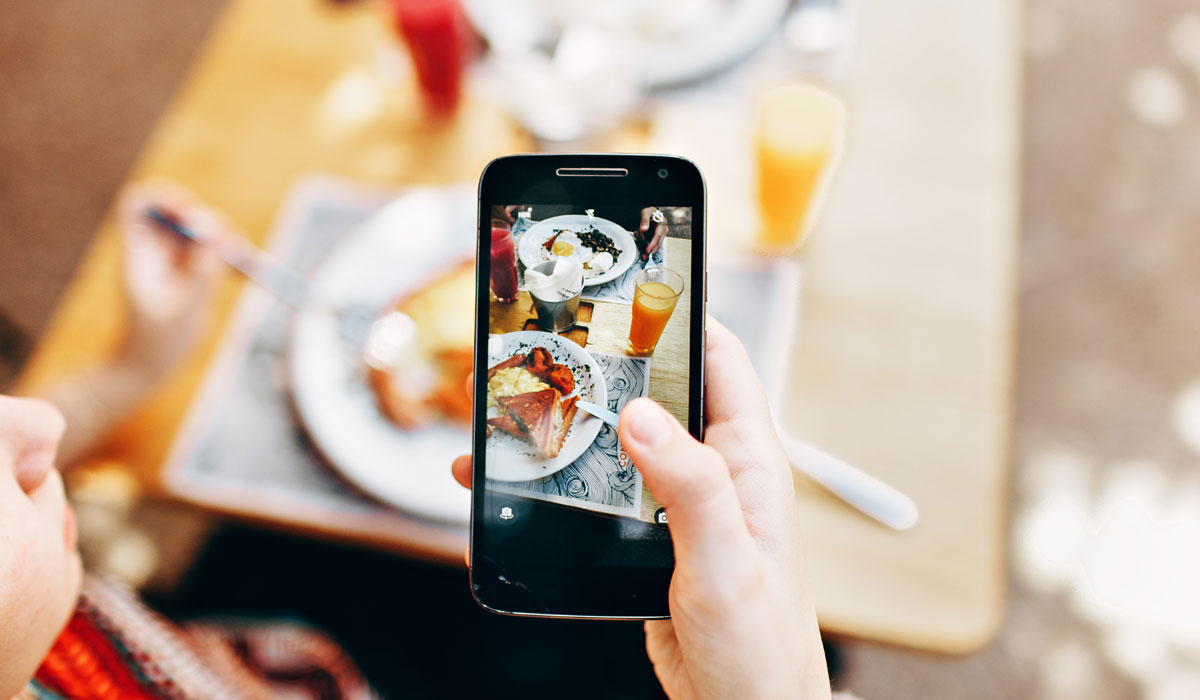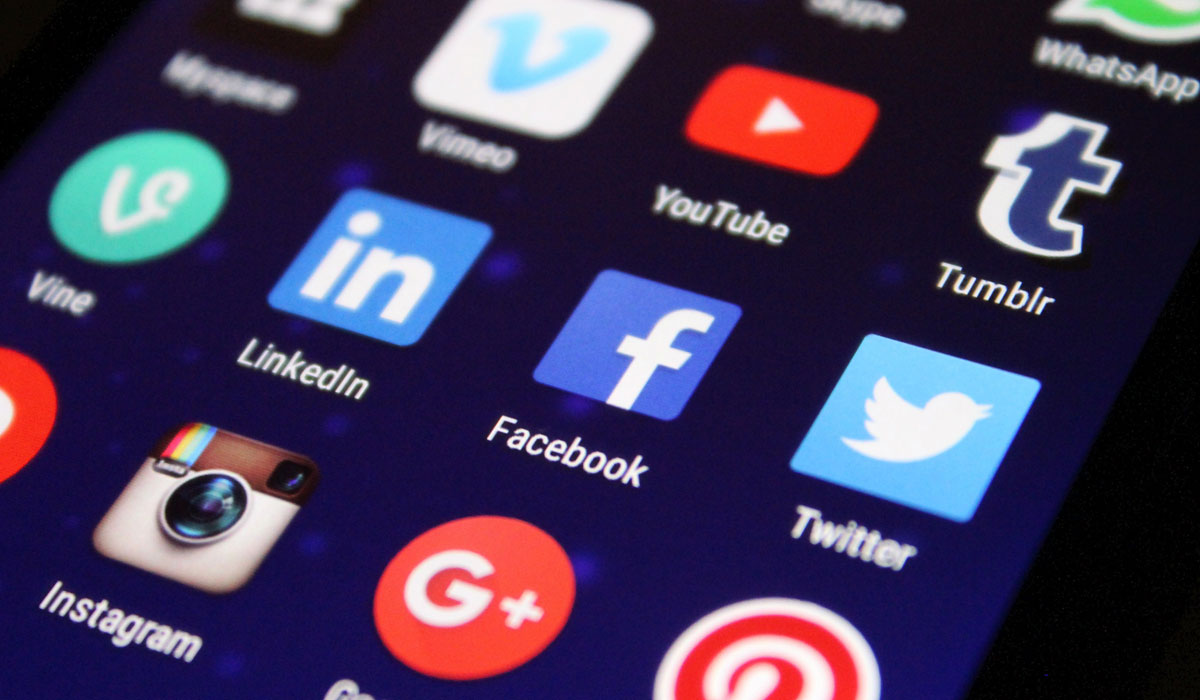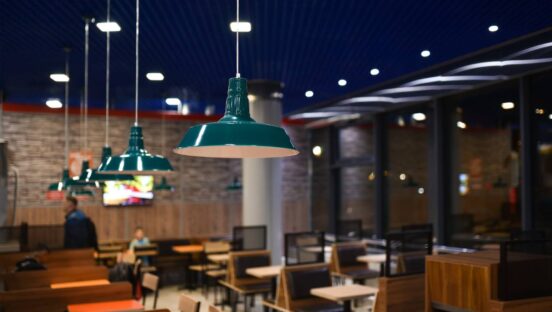We’re probably past the point of trying to dissect why the delivery segment is booming. Maybe it’s the after-glow of an at-home dining rush, only now customers don’t want to cook every meal or pick it up. Perhaps younger consumers are just more impatient. Regardless, it continues to represent one of the largest—and most contested—opportunities to hit restaurants in recent memory. Without getting into whether or not it’s incremental or how the fees and data slice margins, here are some category-altering realities: Statista pegged revenue in the online food delivery segment to $94.385 billion in 2019. It estimated revenue to show an annual growth rate (CAGR 2019–2023) of 9.3 percent, resulting in a market volume of $134.49 billion by 2023.
The market’s largest segment is restaurant-to-consumer delivery, which figures to $58 billion this year.
And as The NPD Group’s research showed, restaurant digital orders have grown at an annual pace of 23 percent since 2013 and will triple in volume by the end of 2020. Of those digital orders, 60 percent are through mobile apps. A restaurant’s app or website represents 70 percent of digital orders and the remaining come through third-party apps or other types of apps or platforms.
That kicker statistic is an interesting one and counteracts the notion that aggregators rule the branding when it comes to delivery. NPD said restaurant-branded apps are being accessed more because customers are drawn to rewards and savings. Other restaurant chains appeal to customers who want to customize their order or take time and friction out of the process.
With all of that said, third-party apps, like DoorDash, GrubHub, and UberEats, still account for 40 percent of the 20 most-used apps. In this case, NPD’s data showed that customers looked up items, paid for meals, and checked prices. And the third-party space levels the playing field for smaller operators. It allows them to play in this massive sector without making expensive investments in IT infrastructure like brands with scale can. But, as the earlier data proves, there’s clearly opportunity for those willing to spend on their own branded app to take advantage of a consumer preference.
According to a report by Allied Market Research, the global food delivery mobile app market is expected to hit $16.6 billion by 2023, a compound-annual growth rate of 27.9 percent.
Per CleverTap, a staggering 86 percent of new users will stop using an app within two weeks of the first launch.
Pitchbook noted that 2018 set a 10-year high for venture capital investment in the space with food startups. DoorDash raised $600 million last month to value it at $12.6 billion. GrubHub has a market value of $6.3 billion. Waitr’s market cap is $482.7 million. Uber’s value sits at $71.5 billion.
So where do restaurants go from here? CleverTap, a full-stack customer lifecycle and marketing platform, recently shared its Industry Benchmarks for Food Delivery Apps report with QSR. It revealed trends, challenges, and best practices for food marketers and app creators to thrive in this crowded space. The data was based on the analysis of more than 3 billion messages delivered across on-demand food delivery apps worldwide.
“The food delivery app space has very low entry and exit barriers and hence churn and retention are constant challenges. The key to improve both, is to provide a differentiated experience at every stage of the user lifecycle,” Almitra Karnik, Global Head of Marketing at CleverTap, said in a statement.
Where are we today?
Clearly, the segment is growing. But here’s another eye-opener: Per a report by wealth management and equity research firm UBS, it’s estimated that global online food ordering will expand to $365 billion by 2030. That represents 20 percent growth each year from the current $35 billion reality.
Even if it slowed significantly from that projection, it would still be a huge piece of runway.
CleverTap credited the growth to cheaper delivery fees (for the consumer) and the fact that adults today are cooking less than previous generations. There’s also, without much question, a fear-of-missing-out element. Kind of like credit cards once were for operators, it’s tough for restaurants of all sizes to stay out of the pool. Even if they’ve never swam and are afraid of water. But what it suggests is restaurants should find a way to make delivery work to their best interests and develop operations to ease headwinds. And those hurdles are different for every brand. Identifying the biggest pain point, whether it’s giving up data or worrying about how food travels, or debating if the fee should be passed to the customer and so on, are questions that can be attacked upfront.
CleverTap said intensified competition has brought the discussion to another level as well. Consumers aren’t just looking for delivery—they’re expecting differentiated experiences.

“Food delivery apps now not only need to offer enough value to a user for them to sign up, but they must also continue to entice them to perform repeat transactions ‘in-the-moment,’” the company said.
Here are some questions facing brands:
- How do we increase our user base and sustain growth?
- How long does it take for new users to order their first meal?
- What are the best ways to engage new customers and turn them into brand advocates?
- Are we using the right metrics to measure the efficacy of our engagement campaigns?
- What are some of the other apps in the industry doing things right (or horribly wrong)?
- How much personalization is too much personalization?
Where it all begins: providing a differentiated customer experience that goes beyond the core value proposition of your restaurant’s app.
It’s all about the metrics
Business models have spread out of the food-delivery web. Aggregators, cloud kitchens, restaurant apps, loyalty apps, and on it goes. It offers a peek into how disruptive this industry has truly become. Customers are courting convenience at an elevated rate. It’s one of the side effects of the oversaturation of the restaurant market. There are more choices than there are customers these days, which segments the demand into pretty defined boxes. Guests might be looking for an experience. They might want speed and affordability. For many quick-serves, it’s a race to offer all of these things or try to satisfy a very specific niche more effectively than competitors.
But when it comes to apps, it’s critical for marketers to benchmark performance and growth against industry standards. “To turn your delivery app into the primary provider for your users, you’ll need to provide them with a compelling user experience that they can benefit from at every stage of the user lifecycle—from acquisition to retention, and for offline as well as online transactions,” CleverTap said.
Onboarding
To put it simply, a great onboarding experience results in improved user adoption. CleverTap refers to this as FTUX, or first-time user experience. It’s not all that different from how restaurants approach infrequent users. Delivering that memorable moment on day one is critical. With apps, it encourages customers to perform important actions like searching for restaurants, adding food items from the menu to their cart, and ordering their first meal.
CleverTap said the ideal onboarding flow for any food delivery app follows “the principle of the 3 Ss.” Short, simple, and speedy.
Where do you begin? Time to register is a great indicator of the value a user sees in a restaurant’s app offering. This can be optmizied by building a better onboarding process.
Install to registration rate
What percentage of users installing the restaurant app create an account? Monitoring the install to registration rate can aid the user onboarding process.
CleverTap found that 25 percent of new users register after the first app launch.
“With only one out of four users registering post-install, it’s important to convey your value proposition on the first launch—in as few words as possible,” CloverTap said. “Use of in-app notifications and exit intent pop-ups can help reduce the time to register, and increase the number of user registrations and sign ups.
Average time to register
How long does it take for a new user to register and log in to the app? This is a solid indicator of the value a new customer sees in the platform.
CleverTap’s industry benchmark here, per the data, was 22 minutes on average that it takes new users to register after first app launch.

Here are some additional metrics to watch:
Average app load, or launch, time: The average time it takes for the app to launch or load on a user’s device.
Average cost per user registration: The average cost the brand incurs in getting a user to install and register on the app.
Crash rate: The percentage of app loads that result in a crash.
CleverTap offered up some tips.
Greet new users with a series of simple tips to help them get acquainted with your app.
Persuade first-time users to enable push notifications by offering value added services such as real-time order status updates.
Encourage users to allow geolocation sharing by describing how this helps them locate restaurants within their detected vicinity.
There are ways to improve user onboarding.
When it comes to unregistered users, CleverTap suggests displaying an exit pop-up or in-app notification encouraging users who have completed an in-app search five times to register and/or create a profile on the app. Restaurants can also display an exit pop-up or in-app notification encouraging guests who made an in-app purchase three times to register and/or create a profile.
For registered but unactivated users, brands could pulse personalized push notifications, emails, or text messages encouraging diners to make their first in-app purchase on days one, three, five, 10, and 15 after registration. Restaurants can offer discounts, promotions, and referral codes to drive traffic. Send in-app notifications urging users who are browsing to make their first purchase. Send personalized push notifications reminding users who abandoned their carts to complete their first transactions within minutes five, 30, and 45 of recorder activity.
For registered and activated users, CleverTap suggests sending push notifications, emails or text messages encouraging customers to make a repeat transaction or purchase on days seven, 15, and 25 after their first purchase.
Talking about engagement
Understandably, user acquisition is only valuable and worth the investment if it’s anchored by an engaging user experience. Otherwise you’ve spent capital to bring customers into a system they’re just as likely to leave.
“Leading food delivery apps encourage users to order their first meal by providing discount coupon codes and/or cashback offers,” CleverTap said. “These apps also go the extra mile to understand their users’ preferences so that they can be shown the most relevant options and restaurant recommendations in their area.”
Average user engagement
Engagement is measured by a combination of user actions, such as the first time they search a menu or order. CleverTap’s industry benchmark: 35 percent of new users order a meal at least once within the first month of installing the app.
“This indicates that only a third of users see value in your app after they have been onboarded. The first three days after a user registers are critical, and apps that fail to recognize this run the risk of losing out on a potential loyalist,” the company said. “This might have further ramifications on engagement and long term user retention, as we will see in the next lifecycle stage.”
Only 25 percent of users complete the signup process after the first app launch.
Average transition time to next stage
Basically, are users transacting frequently on the app? Benchmark: Three days average time for users to order for the first time.
A tip: Build detailed user profiles and map them to relevant segments based on their preferred cuisines, meal times, and budget preferences.
Personalized user engagement campaigns can unlock repeat orders. They are often the foundation for true long-term retention. Restaurants have a unique ability over other apps to feature special offers via in-app notifications, along with delivery status updates via email messages or push notifications. Brands can track click-through rates to optimize message content, delivery times, user segments, and campaign strategies.
What is the click-through rate apps should aim for? The industry benchmark, per CleverTap, is 1 percent for push notifications.
For session frequency, where apps track the average number of monthly app launches, it’s 10 average app launches per user in a month.
Breaking it down
When we talk about differentiation, personalization often rises to the top. CleverTap found that CTR (click-through rate) with personalization was 1.49 percent for push notifications that use personalization fields, like name and location.
Without personalization, it was 0.98 percent. That’s a net impact of 52 percent.
As far as content goes, CleverTap found the ideal message length to be 45 characters for food delivery apps.
Another metric to watch: Transaction abandonment rates, which is the number of users who dropped off after showing a high intent to transact.
Here are some tactics to boost engagement:
For onboarded by non-converted users, Run personalized push notifications or email engagement campaigns on days one, three, seven, 14, and 21 post download—offering first-time promo codes, special discounts, or exclusive offers.
First-time converted users: Use in-app notifications, personalized push notifications, emails and/or SMS to confirm payment and to thank a user for a first-time in-app purchase within two minutes of order placement. Run personalized push notification or email engagement campaigns on days three, five 10, 15, and 30 after first-time conversion—pitching new offers, limited-time discounts, and access to exclusive user generated content.
Repeat converted users: Run personalized push notification, email or SMS engagement campaigns on days one, three, five, seven and 10 after last conversion—promoting discounts, providing updates on new eateries, menu changes, etc.
Abandoned users: Send a push notification to users with reminders 10 minutes and 1 hour after they have abandoned a cart.

Retention
Monitoring retention rates from day one is a key way to measure app health.
For new users, CleverTap found a 22 percent day seven retention rate for new users, meaning that for every 100 users an app acquires, it loses out on 77 of those by the end of the first week. That makes the first seven days essential for a restaurant to deliver a valuable experience.
For loyal users (those who continue to stay with the app for over three months and have purchased something at least three times in the past 90 days), the rate was 65 percent.
Data showed that only one in 10 of all newly onboard users order within the first week. This declines to one in 20 coming back to order. For loyal users, though, it’s four out of 10 transactions within a week and close to three out of 10 returning within the month.
It’s why it’s so valuable to court engaged and core guests through things like loyalty programs and benefits.
Some retention metrics to watch:
App stickiness measures how much users are engaging with a product or feature. CleveTap’s industry benchmark was 8 percent on average.
A couple of tactics:
For engaged by not loyal users: Run personalized push notification or drip email engagement campaigns on days two, five, eight, 12, and 17 post last order—promoting latest discounts, combo meals, price-drop deals, or leverage regional events to create offers with promo codes.
For engaged and loyal users: Run personalized push notification or email engagement campaigns encouraging such users to sign up for your loyalty program and its benefits on days 10, 17, 21, and 28 since the user’s last order.
The churn goes on
Churn refers to when a user stops seeing value in the app and stops using it within a give period. A drop in activity, such as frequent cart abandonment, could signal this is coming.
CleverTap found that a whopping 86 percent of new users churn within two weeks of launching the app.
Uninstall rate is something to watch. For new users, data came in at 54 percent of users who uninstall the app in the first month. It was 28 percent for engaged new users (those who have ordered at least three times in their first month, then uninstall the app).
So about half of users continue to use food delivery apps after the first month of usage while the rest uninstall the app. “However, once you’ve managed to get them to order at least one meal, you’ve reduced the probability of uninstalls by almost 48 percent, with engaged users showing only 28 percent churn rate in the first month,” CleverTap said.
Reinstall rates is another metric. This helps marketers measure the effectiveness and ROI of campaigns.
CleverTap’s industry benchmarks (looked at in a 15-day window): 4.6 percent average reinstall rates for new users; 15 percent for engaged new users; 24 percent for existing users (those who have used the app at least two months before uninstalling the app).
It’s also helpful to look at cost of user acquisition, which is the cost incurred in reacquiring users who uninstalled the app. This informs brands how much to budget for win-back campaigns.
Some tactics:
For converted by disengaging users: Run personalized push notification or drip email engagement campaigns with the latest offers, discounts, and updates relevant to eateries in their last-known location on days 14, 21, 28, and 42 as you see user activity drop-off.
Churned users: Run a “we miss you” or “here’s what you’re missing” campaign on days seven, 14, 28, and 42 post uninstall highlighting new promotions, cashback offers, time-sensitive discounts.
Reacquired user: Run a personalized “welcome back” email campaign on days one, three, and five post app reinstall.











